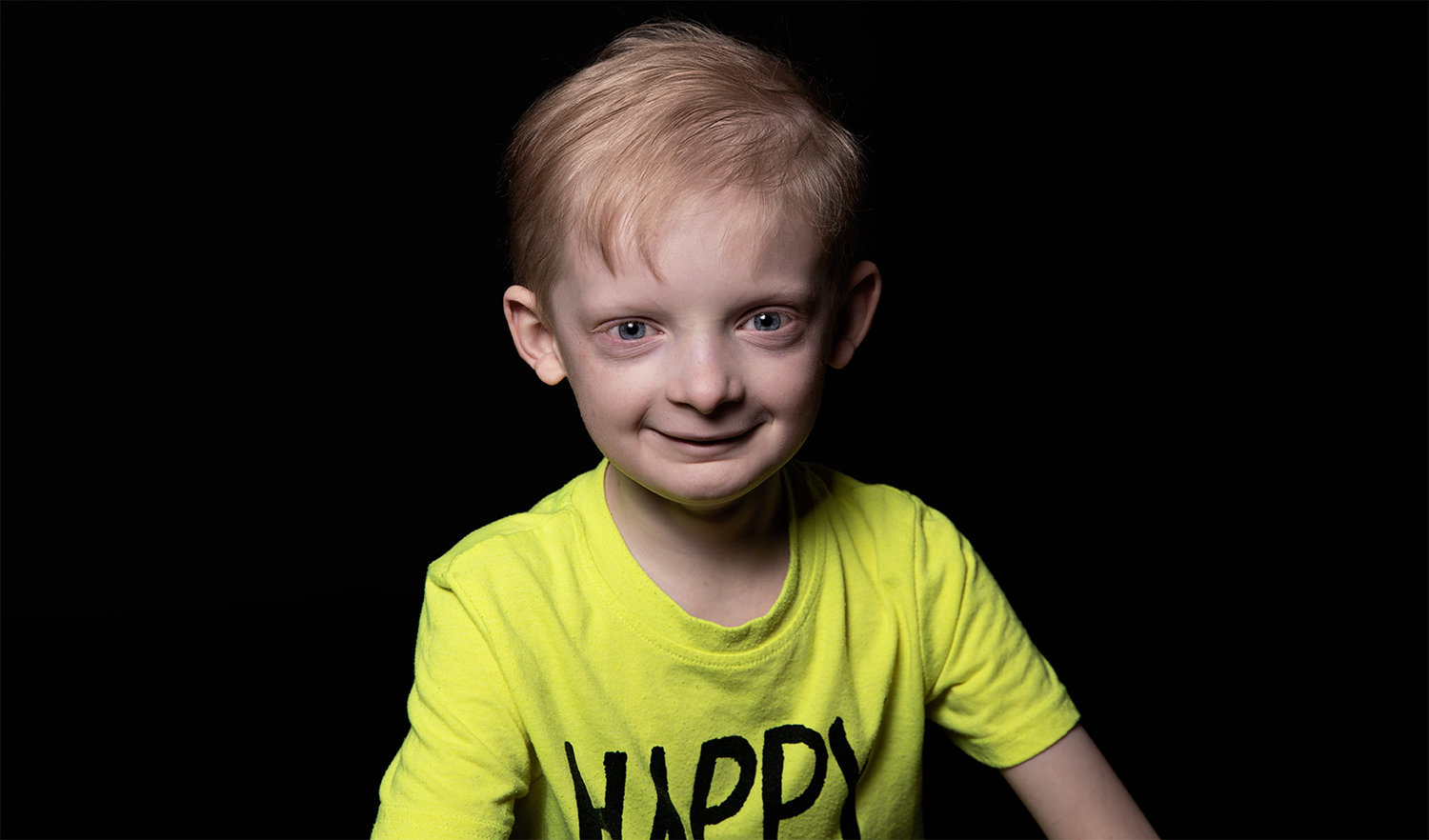
Retinal Dysplasia X Linked is a rare genetic disorder affecting the eyes, primarily seen in males. This condition causes abnormal development of the retina, leading to vision problems that can range from mild to severe. Symptoms often include blurred vision, blind spots, and in some cases, complete vision loss. The disorder is inherited in an X-linked recessive pattern, meaning that the faulty gene is located on the X chromosome. Females can be carriers of the gene but usually do not show symptoms. Early diagnosis and intervention are crucial for managing the condition and improving quality of life. Understanding the genetic basis and potential treatments can help those affected navigate their challenges.
Key Takeaways:
- Retinal Dysplasia X Linked is a genetic disorder affecting the retina, leading to vision problems and potential blindness. It primarily affects males and can cause symptoms like night blindness and eye pain.
- While there is no cure for Retinal Dysplasia X Linked, regular eye check-ups, low vision aids, and genetic counseling can help improve quality of life for those affected. Support groups also offer emotional support and practical advice.
What is Retinal Dysplasia X Linked?
Retinal Dysplasia X Linked is a genetic disorder affecting the retina, the light-sensitive layer at the back of the eye. This condition can lead to vision problems and, in severe cases, blindness. Here are some intriguing facts about this condition.
- Genetic Origin: This disorder is caused by mutations in the NDP gene located on the X chromosome.
- Inheritance Pattern: It follows an X-linked recessive inheritance pattern, meaning it primarily affects males.
- Early Onset: Symptoms often appear in infancy or early childhood.
- Vision Impairment: Affected individuals may experience reduced vision or complete blindness.
- Retinal Folds: The retina may develop abnormal folds, leading to distorted vision.
- Leukocoria: A white reflection from the retina, known as leukocoria, can be a sign of this condition.
- Nystagmus: Involuntary eye movements, or nystagmus, are common in those affected.
- Strabismus: Misalignment of the eyes, or strabismus, may also occur.
- Retinal Detachment: Severe cases can lead to retinal detachment, a medical emergency.
- Diagnosis: Diagnosis is typically made through a combination of genetic testing and eye examinations.
Symptoms and Complications
Understanding the symptoms and potential complications can help in early detection and management of Retinal Dysplasia X Linked.
- Night Blindness: Difficulty seeing in low light conditions is a common symptom.
- Peripheral Vision Loss: Loss of side vision can occur as the condition progresses.
- Central Vision Loss: Central vision may also be affected, impacting activities like reading.
- Cataracts: Some individuals may develop cataracts, clouding the lens of the eye.
- Glaucoma: Increased pressure in the eye, or glaucoma, can be a complication.
- Macular Degeneration: The macula, responsible for sharp vision, may degenerate over time.
- Photophobia: Sensitivity to light, or photophobia, is another possible symptom.
- Floaters: Small, dark shapes floating in the field of vision, known as floaters, can be present.
- Eye Pain: Some individuals may experience pain or discomfort in the eyes.
- Headaches: Frequent headaches can be associated with the visual strain caused by this condition.
Treatment and Management
While there is no cure for Retinal Dysplasia X Linked, various treatments and management strategies can help improve quality of life.
- Regular Eye Exams: Frequent eye check-ups are crucial for monitoring the condition.
- Low Vision Aids: Devices like magnifying glasses can assist with daily activities.
- Surgery: In cases of retinal detachment or cataracts, surgery may be necessary.
- Genetic Counseling: Families may benefit from genetic counseling to understand the risks and inheritance patterns.
- Support Groups: Joining support groups can provide emotional support and practical advice for managing the condition.
Final Thoughts on Retinal Dysplasia X Linked
Retinal Dysplasia X Linked is a rare genetic condition that affects vision. Understanding its causes, symptoms, and treatments can help those affected manage their condition better. Genetic mutations on the X chromosome lead to this disorder, primarily impacting males. Symptoms often include vision problems, retinal folds, and sometimes more severe complications like retinal detachment.
Early diagnosis and intervention are crucial. Regular eye exams and genetic counseling can provide valuable insights and support. While there's no cure, treatments like corrective lenses, surgery, and low vision aids can improve quality of life.
Staying informed and proactive in managing health is essential. If you or a loved one shows signs of Retinal Dysplasia X Linked, consult a healthcare professional. Knowledge and timely action can make a significant difference in managing this condition effectively.
Frequently Asked Questions
Was this page helpful?
Our commitment to delivering trustworthy and engaging content is at the heart of what we do. Each fact on our site is contributed by real users like you, bringing a wealth of diverse insights and information. To ensure the highest standards of accuracy and reliability, our dedicated editors meticulously review each submission. This process guarantees that the facts we share are not only fascinating but also credible. Trust in our commitment to quality and authenticity as you explore and learn with us.
